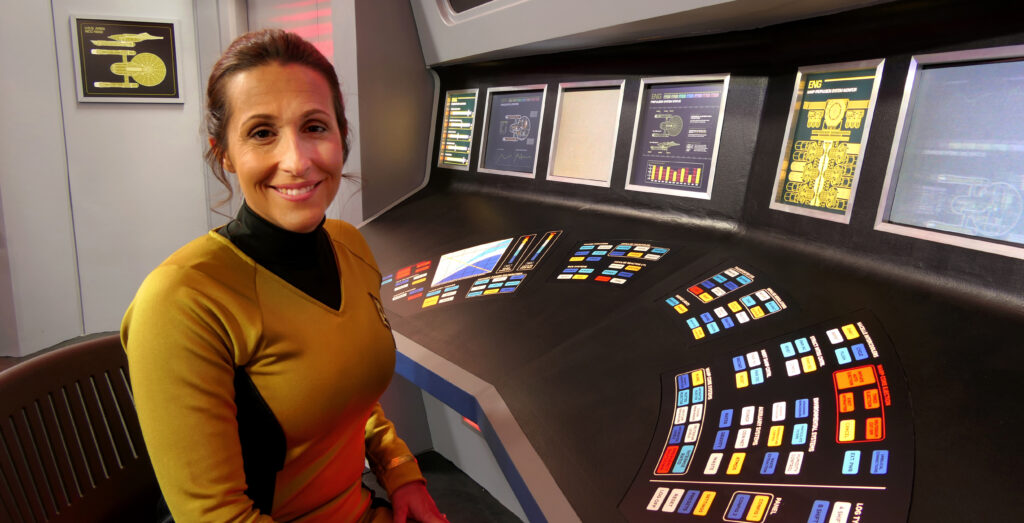
INTERLUDE is finally released, and it’s already up to 42K views on YouTube! Did you see it? (If not, click here.) Did you like it? Is it everything you hoped it would be? Personally, I’m extremely happy with the way Interlude turned out. So many people put SO much work into making an awesome fan film.
But I feel really bad about CHRISTY PRICE PAGANO (pictured above) because her ONE shot in Interlude wound up on the cutting room floor.
Christy showed up on our second day of filming Interlude at Ares Studios in Lawrenceville, GA (on Sunday, November 3, 2019) along with her good friend LISA BURGESS (pictured below). The two moms live nearby in the suburbs north of Atlanta, and they were told about the shoot and our need for extras by one of our actors, JAY PLYBURN, who played the U.S.S. Ares science officer with the cool 70’s-era mustache.
If you watched Interlude, you might have noticed that there’s really only one very brief shot of the U.S.S. Ares where we see most of the extras on the bridge…
There are some other close-ups and medium shots, but this was the only shot that featured nearly all of our Ares crew members at once. Only two officers aren’t in the shot: the aforementioned Jay Plyburn and Christy Pagano, who was actually about to come out of the turbolift. But we cut away before the turbolift doors ever have a chance to open.
This is what the full sequence would have looked like had the decision to cut away not been made (note that there are no sound effects or music in following clip)…
That’s Christy coming out of the turbolift. And though we barely get to see them, the wounded engineer is JOSE CEPEDA from the fan series STAR TREK: NATURES HUNGER, and the person carrying him off is CRYSTAL RAMOS, who was so excited to be a part of this production. And now, we don’t even get to see their faces! But I’m going to fix that right now (at least on this blog page, since we can’t reshoot the scene without it costing a lot of time and money)…
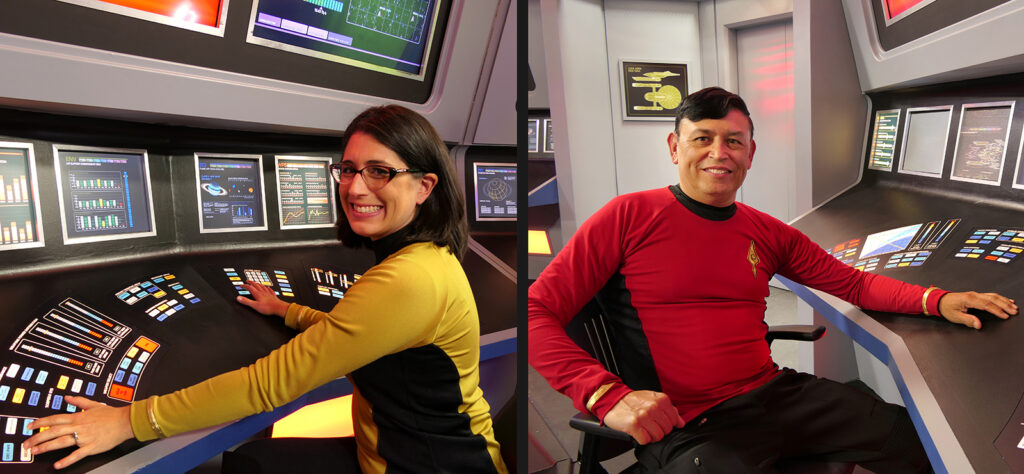
Anyway, back to the wide shot. As you can see from the full 11-second clip, there was a lot going on! The ship was shaking, panels were flickering, Garth was giving an order, people were moving across the bridge with some getting up from seats and others sitting down, the turbolift doors had to open AND close, and not only did Crystal have to make it look like she was carrying Jose into the lift, but Christy had to rush out of the turbolift without bumping into either Crystal or Jose and then squeeze past the communications chair without looking as though she was squeezing (’cause it is a very tight fit!).
And that’s just what was happening ON camera!
Off-camera, we had folks standing behind the the bridge set flicking the console lights while 1st Assistant Director JOSH WILCOX shouted the stage directions for everyone, JOSH IRWIN filmed and shook the camera, EARL HALE recorded the sound from ALEC PETERS’ mic, VICTORIA FOX directed, and SCOTT LYTTLE and SCOTT GOODMAN slid the turbolift doors open and shut while DANA WAGNER hid inside the turbolift supervising the sliders .
That, my friends is a LOT of choreography to keep straight! In fact, even those 11 seconds took the team nearly twenty minutes to rehearse and shoot! Wanna see for yourself how much work went into that sequence? Well, guess who had nothing to do while all of this was happening other than film it with his Panasonic Lumix camera? Yep, that’s the fun of being producer! (You don’t have to watch the whole video unless you want to. It simply gives you an idea of how long it took to get those 11 seconds….)
So much work—so little footage.
Josh Irwin actually framed that shot to be nearly the same as the first panel showing the U.S.S. Ares in the original comic book version of what became Interlude…
And indeed, such an intricate and complex sequence, even lasting only 11 seconds, would have been a staggeringly impressive triumph of fan filmmaking! Think about it: even STAR TREK: NEW VOYAGES and STAR TREK CONTINUES never managed to shoot their bridge from such a high angle or have that much going simultaneously on in a single shot. That full sequence could easily have meant bragging rights for Josh and Victoria in the fan film community.
So why cut it down to only 2 seconds?
As my experienced directors told me during my work with them, a filmmaker should never fall in love with anything they shoot. And as PAUL JENKINS told me as friendly advice: the real boss isn’t the director or the producer; it’s the film. You do what you need to do to serve the finished production and make it the best it can be.
And the truth is that Interlude couldn’t afford an 11-second sequence there. It was just too darned long!
It seems kinda odd to think of 11 seconds as “long,” but the opening of Interlude drops the viewer into the middle of a battle, with two starships fleeing an ambush and getting chased and pounded by three Klingon battlecruisers. Cuts need to be quick to keep up the tension. During that first bridge sequence, there’s no single shot that lasts more than 4 seconds. So 11 seconds without the camera moving would have felt like an eternity to the viewer and taken away from the speed and intensity of that opening.
It broke my heart to lose that footage and see all the hard work of those 18 people mostly relegated to the digital cutting room floor. But Victoria and Josh were right. The final sequence is so much more powerful and engaging to the viewer. Having any more of that wide shot would have weakened the impact.
That courage, confidence, and professionalism of Josh and Victoria to be willing to jettison so much amazing footage in service to the finished film is one of the many things that left me so impressed with both of them.
The next item that was left on the cutting room floor wound up there because of a screw-up. Here’s an important line from Jakande that you didn’t see…
Instead, this was the final sequence…
So what happened to cause us to ditch the part where Jakande fills in the viewer on the situation? After all, that was important plot exposition: this wasn’t just a random attack; Garth and Jakande are transporting someone important (whom we later discover is Admiral Ramirez), and their mission was top secret. And that’s how Garth figured out there’s a spy.
The problem for the edit actually came during production when some last-minute changes were made to the script by Alec. Now, it’s perfectly normal for an actor to suggest changes to a script right up until the director says “Action!” Actors know their characters and often have a better feel for how they speak than the writers do. The actors on the various Star Trek series have discussed multiple times during interviews how certain directors and writers were very open to suggestions on different ways to deliver this or that line.
And most of Alec’s changes were fine and fairly minor. But there was one adjustment that was made shortly before filming that I didn’t know about. And had I known, I would have pointed out something. Here’s the page as originally written…
Alec removed the line where Garth answers Jakande and says, “Think about it. Three D7s drop out of nowhere, deep behind our lines, and start blasting us. They KNEW we were coming. They KNOW who’s on board.”
I suspect Alec felt that there was two much exposition in Jakande’s line PLUS Garth’s during that exchange, making those few seconds dense with information in the middle of a tense battle. And Alec wasn’t necessarily wrong. But it was also critical information for the viewer, since it now leads them to wonder who is on board and why are they so important?
When it came time to edit together the rough cut, I noticed that Garth’s line was missing. And as you can see from the first clip above, we cut FROM Jakande TO Jakande…and that’s just awkward.
We tried to fix it. We had Alec go over to Dana Wagner’s sound studio to record the missing line on audio. But we didn’t have a visual of Garth saying it. Instead, we tried cutting a mix of an over-the-shoulder shot of Garth looking at the viewscreen (you couldn’t see his lips not moving), some reaction shots of the bridge crew, plus a few close-ups on console displays. But in the end, it just looked like a mess…such a mess that I don’t even have a clip of the edited sequence that Josh cobbled together because it looked so forced and awkward that we just decided to delete it and not speak of it again (until now, that is).
That left us with what you see in the final edit. Garth says, “I don’t believe in coincidences, Captain…” and Jakande immediately replies, “Do you know what you’re saying, Garth?” So yeah, we lose the exposition. But in the end, I don’t think it really hurts the film all that much.
We wound up adjusting the lines in the final documentary part to replace that lost exposition…perhaps a little later in the film than I would have liked, but still in there. And to be honest, leaving that exposition out during the battle scene does keep things moving faster leading into the big torpedo hit. So again, footage on the cutting room floor ended up being more of a plus than a minus.
The final piece of footage left on the cutting room floor still makes me kinda sad, and this was a place where my directors and I simply did NOT see eye to eye. Hey, it happens. And to be honest, I’d much rather be working with people who care as passionately about making my project the best that it can be—even if they disagree with me—than to have team members who just say, “Oh, whatever…I don’t really care one way or the other.”
So what led to the big clash of titans? It all started here in the rough cut…
I immediately noticed that Jakande seems to move with lightning speed from being seated in his command chair to standing and doing the Jakande maneuver with his tunic. That didn’t feel right. Fortunately, we’d filmed an awesome shot from behind Jakande, looking out at the viewscreen, where he gets up out of his chair and steps down. And what made it so awesome is that we had a 360-degree bridge set to use, and we were using it! Most of the other TOS bridge sets out there don’t have the full viewscreen and accompanying front consoles. But we had an amazing shot to insert into the sequence…
I thought it was perfect. We get to see Jakande get up, walk forward, and we get to see the front of the U.S.S. Artemis bridge as well as the front of the U.S.S. Ares bridge in back-to-back shots. What could be better???
Well, according to Josh, not much could be worse! Well, maybe it wasn’t that bad, but he was pretty adamant about two reasons why he didn’t want to include that clip of Jakande’s back…
First, the angle for Garth on the view screen was not framed properly. Josh had shot two different kinds of compositions when he filmed the crews on both bridges. The first was what he called a “narrative plate.” These wide shots were framed at more visually dynamic angles—with characters who weren’t necessarily facing directly toward the camera.
The other type of shot was what Josh called a “visual effects plate.” This was composed and cropped to fit into the more squarish dimensions of the viewscreen itself. The angle was more straight-on rather that offset, and characters faced the camera directly (as though talking to someone of the other end of the viewscreen). You can see examples of that framing in these two stills…
The problem we had with our Jakande-from-the-back shot is that Josh hadn’t filmed a reaction shot of the Ares bridge crew as a visual effects plate. Having not expected to create this kind of edit, Josh simply never thought to spend the time setting up the new camera angle for the Ares while Garth and Jakande are saying their final farewells.
So the only type of framed shot that Josh had available to insert into the viewscreen was a narrative plate of Garth and his helmsman, and Josh felt strongly that it looked wrong and out of place.
Josh’s second issue was simply that the clip of Jakande walking from his chair was three extra seconds that the scene didn’t need. “It’s weighing down the film,” he said.
Now, I understood that, in cases like the opening bridge scene, an 11-second sequence during a bunch of much shorter cuts would have totally dragged. But 3 seconds during a slower part of the film? I wasn’t convinced. And I also wasn’t really bothered by the narrative plate.
So what should we do? I struggled with that question. Victoria agreed with Josh (she often did), and of course, they’re the professional filmmakers; I’m just the novice. But I felt really strongly about this one. We’d disagreed on stuff before, and usually we were either able to come to a compromise or else just let one of us get his or her way. And yeah, sometimes I put my foot down as producer…and other times I went with Josh’s and/or Victoria’s recommendations.
But this was a biggie. Josh felt just as strongly as I did, and the decision was binary: we either kept the inserted shot or we didn’t. Was this a “because I say so and I’m the producer” moment? If you play that card too often, you risk alienating your team members because they’ll feel like more like worker drones than collaborators.
Struggling with this decision, I turned for advice to our composer, KEVIN CROXTON, who has worked on many studio-level productions. I asked him to look at both edits, not telling him which I preferred, and to let me know his favorite of the two.
He liked them both.
Well, that didn’t help!!! But actually, it did help, because Kevin told me something that allowed me to make a decision I could live with: “Neither of them is wrong, Jonathan. They both work in their own way. So whichever one you go with, you’re still going to have an awesome fan film.”
I went back to Josh and Victoria and told them we could do it the way they wanted to. But Josh understood that my main issue was still that Jakande seemed to “teleport” from a seated position to standing without enough time in between. “Tell ya what, Jonathan,” Josh said. “Let me see if I can re-cut it in a way that solves your problem…”
And he did. Josh cut from Jakande seated to a shot of the Artemis engineer reacting with the slow realization that this would be a suicide run. Then Josh did not cut back to Jakande. Instead, he cut to Garth and held on him just a little longer than in the first edit. This created enough time for Jakande to have gotten up and walked down next to the helm console (all off-screen, of course), where he appeared in the next shot. The final edit of this sequence ended up working perfectly…
All together, Josh, Victoria and I spent about four months going back and forth, refining the edit until we finally agreed on a “picture lock”—which is an edit where the timing is final. No shot can be added, removed, lengthened, shortened, shifted, shuffled, or altered in any way that affects the edit. VFX shots might still need to be rendered in their final form, but there are placeholders for each effect that time exactly to how long the final CGI shot will be.
The reason for “locking” everything to the second is because this is the version that your composer will create music for. And if you change what happens when, your composer will have to completely rewrite multiple musical cues and beats…and that will NOT make him or her happy!
In the end, I learned an incredible amount about the post-production process—and it wasn’t the fun “putting the puzzle pieces together” diversion that I thought it would be. It was hard, hard work. There were long discussions and debates, disagreements, compromises, heartbreaking cuts, frustrations in not having what we needed to get a sequence to play the way we wanted it to, and countless viewings of the same sequences over and over and over again.
Along the way, the edit just kept getting better and better, and that’s what made it ALL worth it. When we finally arrived at picture lock, the three of us agreed that we had a very strong fan film. Nothing was overlooked. Everything worked. And even if none of us got “everything” that we wanted, we had, all three of us, traveled through the same long tunnel and finally come out—happy, satisfied, and relieved—into the light and ready to hand things off to our composer to take everything to the next level.

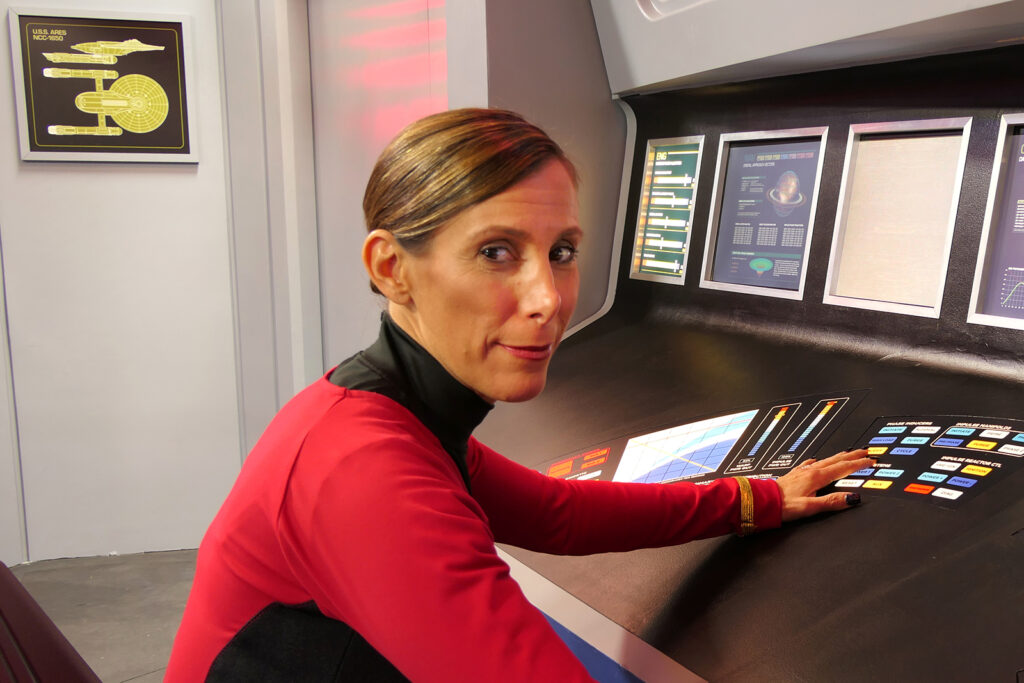

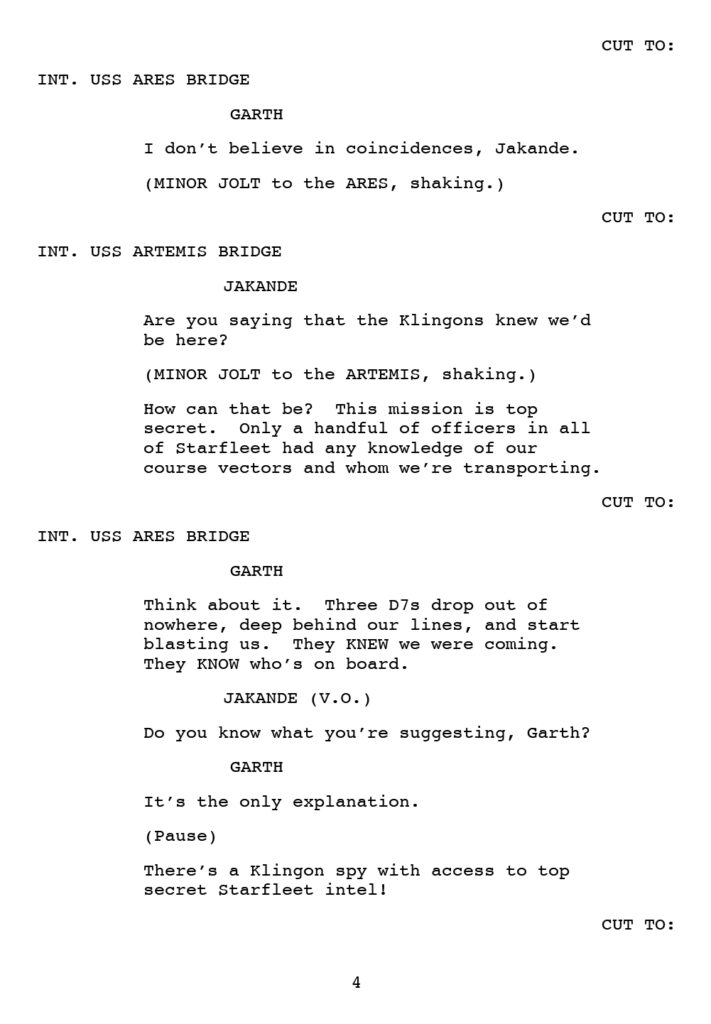
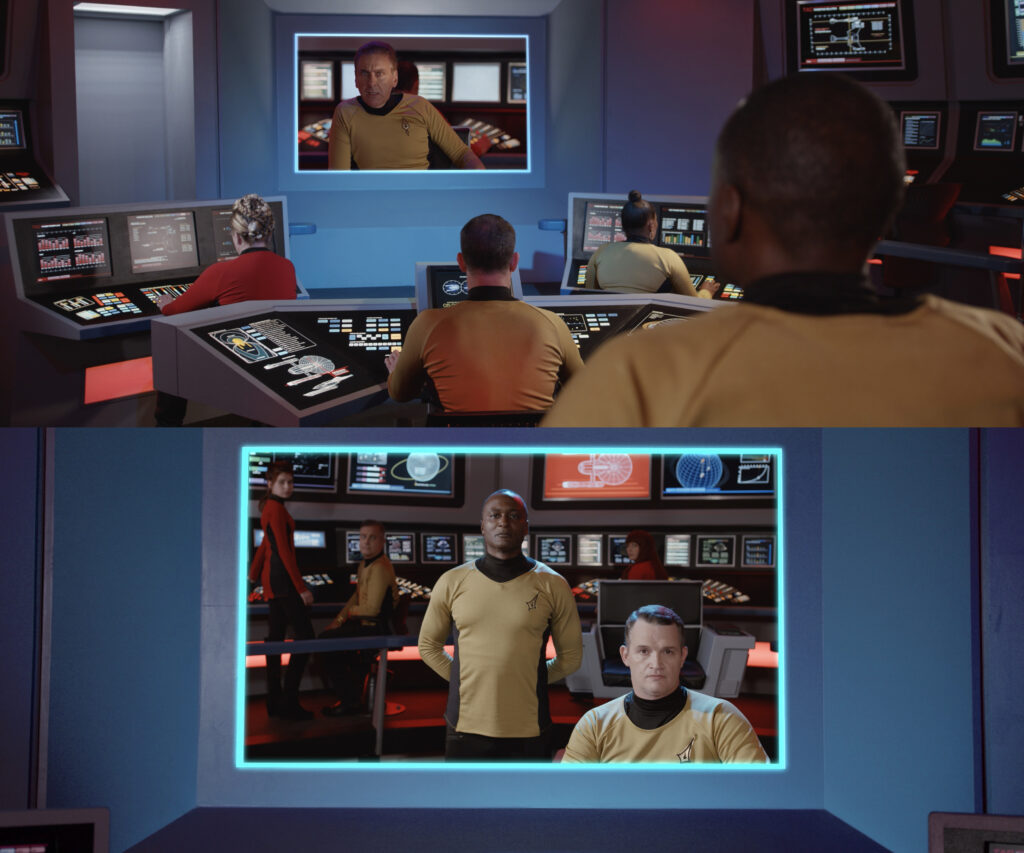
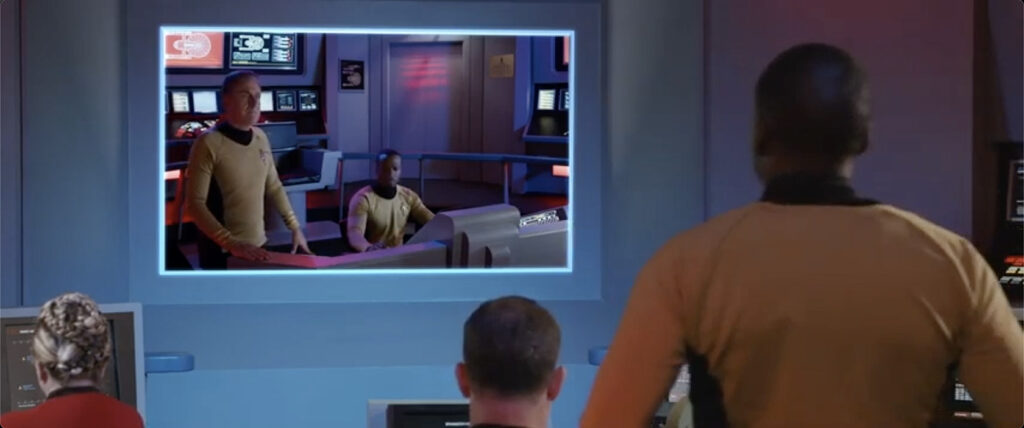
In THIS case, it is nice to see how the sausage is made.
Glad to be able to see the scenes that people worked very hard to complete. It is too bad all of it couldn’t make it into the final product. I’m glad those bits can be seen now.
The great thing about having a blog is that I can show you folks that stuff that didn’t make it into the finished project…plus a bunch of other cool things you’ll see over the new few weeks and months. 🙂
that’s some in depth insight into the editing process. thanks for this.
Some call it in depth…others call it Lane writing too much. 🙂
But hey, electrons are free, and the Internet is infinite, right?
This blog post is not the LoTR extended edition but there’s the same flavor of “how we did it”. I remember a short LoTR EE segment of the take after take that was perhaps a few seconds of the final film. So a big +1 from me.
It also reminded me of something I was in where we rehearsed and rehearsed a blocking. Then the cameras were brought in the the blocking did not work so we had to reblock at the last minute. Fun! Really, with a sense of humor, it really was fun because of the challenge and because I did not let the situation cause frustration.
As Henry VIII once said, “If you’re the kind of person who can keep your head while others around you are losing theirs…
…well, then you’re probably NOT one of my wives! Am I right, wot, wot?”
Yeah, Hank had a warped sense of humor. 🙂
It’s great to see how much work can be put into “just a fan film”. I love the behind the scenes you are providing. Hope there are more.
One of many things you have made me realized is, I don’t have the energy to ever put a fan film together. I’m glad you and others do have the time, energy and love to put them together.
Great job and thank you for an excellent project!
As you’ll discovery in my next behind-the-scenes blog, Josh and Victoria did that entire weekend’s shoot on almost no sleep AND a 12-hour drive from Arkansas to Georgia! Energy, indeed!
But if it’s something you love…
Hey I’m just excited I got to be in it for 5 seconds. It was cool to be a part of this. Thank you, Jonathan Lane, for allowing me to be an Engineer on the Artemis. And thank you Alec Peters for having me and mom come up to help. This was so much fun.
It was an honor and a pleasure having you on set, Stephen. You wore your red shirt with pride!